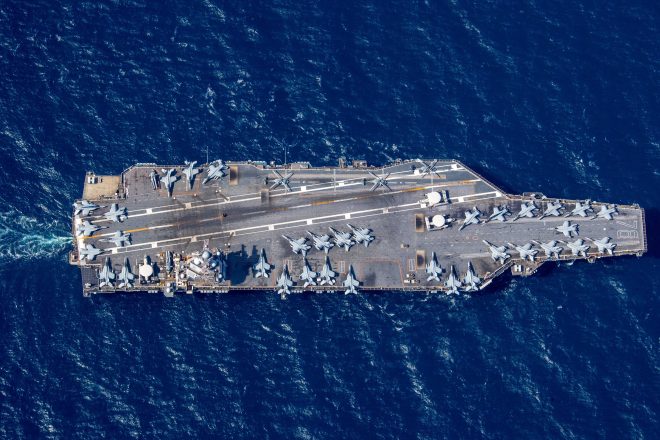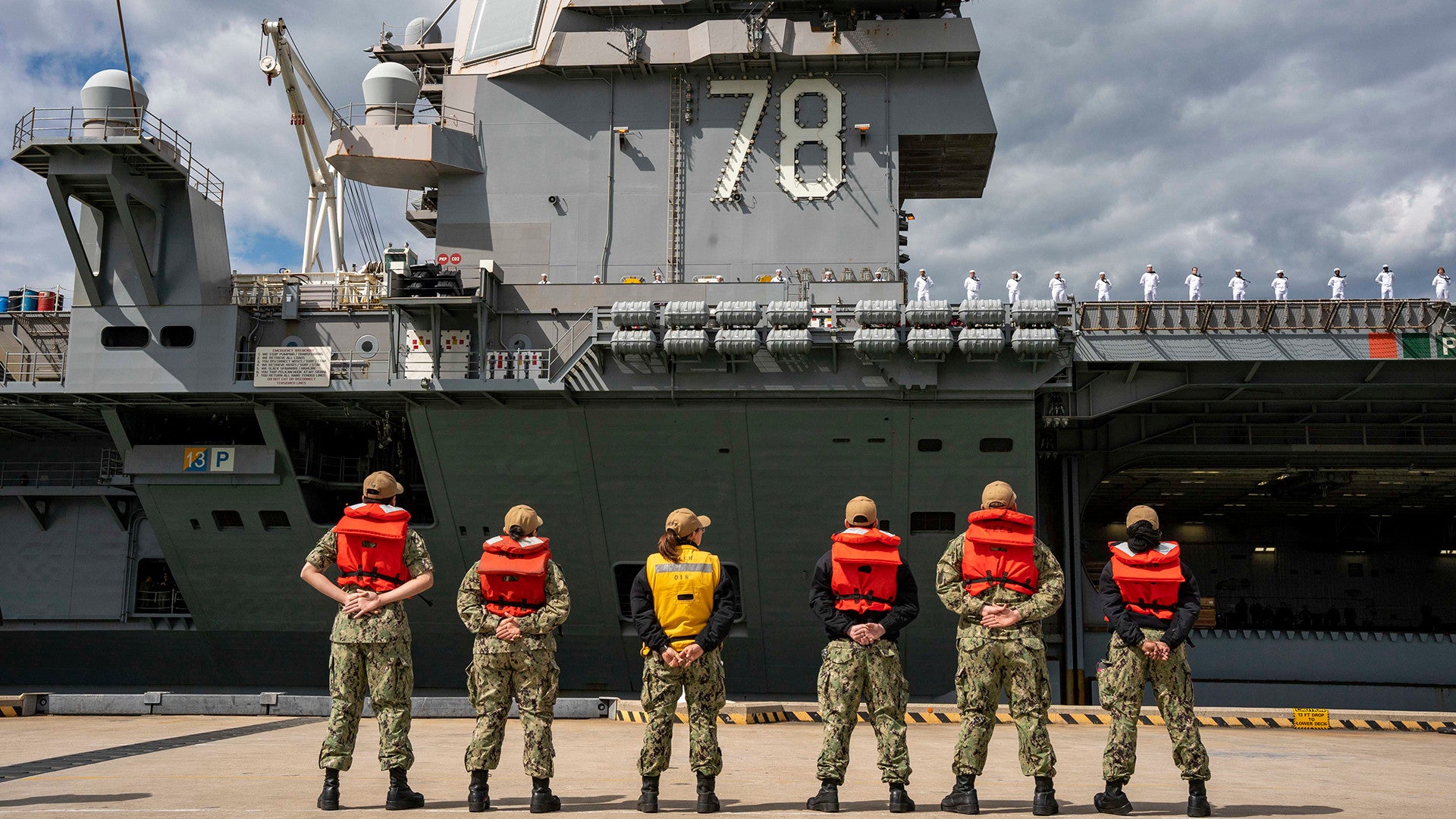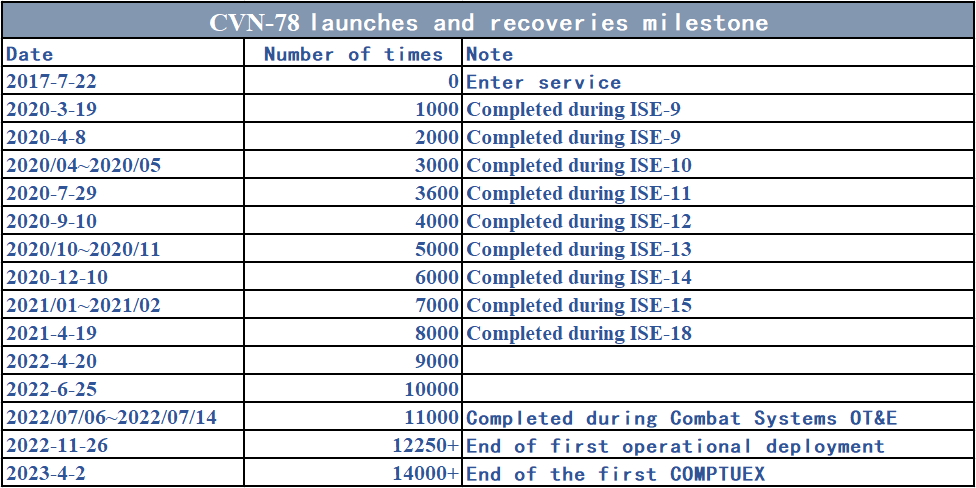Gerald Ford doesn't have "issues". It's more that it literally doesn't work, and probably never will, because a large portion of its design is unfinished and it seems increasingly less likely the USN will get the money to finish it. If you spread it across the ships, you will have elevators that are non-functional, or a catapult that's always down, but at least the older systems function.
The most likely outcome of Ford is that the USN will declare systems, ones which do not function as needed and aren't combat ready, to be "functional". In reality, it will be a 30% functional, 30% half-reliable, 30% down but repairable, and 10% broken. This will be written as between 60-70% functional, despite lacking spare parts, man-hours, or depot availability to repair the broken systems. This already occurs in aviation units, and within the surface escort fleet it isn't rare, but it will now become routine in the carrier fleet. Submarines will probably hit that unfortunate stride, if they don't already, in the coming years.
If it ever comes to test that readiness rate, it will be a rather rude awakening, both for the Congress and the American people, but not exactly surprising for the Navy. This is mostly a result of the "Transformation" era and its focus on high risk high technology programs over lower risk but likely higher cost programs.
This is important because the Ford, and its next two or so ships in class, will likely be lemons. It's rather like the F-35B and early -A's, which rushed half-finished prototypes out the door, resulting in a large portion of the final fleet being irreparably broken. F-35C might actually avoid this, if only because it was several years late, but I don't know when the last major structural work on F-35 occurred (I've read there are bulkhead issues in the -Bs but the latest -A blocks are fine). If the USN had a 5-year center instead of a 3 year-center on the carrier construction, it would have been able to avoid this, but the ships are essentially being built back-to-back which leaves limited time to make changes for new classes. Changes have to start coming before the ship is laid down, and the next two Fords have already been laid down, although Enterprise might escape some of the lemonitis.
By putting technology in gradually, you're testing it in a operational environment without compromising the first few ships in production completely. Gerald Ford is just an interesting case study in how overly risky design choices can doom entire portions of an armed force. This is very important for a military which is backed by a shaky-at-best industrial base.
The point of the gradual integration was that the "difficult problems" could be covered by older systems in the ships, while the USN contemplates integration a ship ahead. As it stands the future USN carrier fleet will likely be three lemons (CVN-78, -79, -80) and whatever comes next (CVN-81 and beyond).
It isn't doomsday or anything, the USN's shipbuilding plans had less than 10 carriers (sometimes) in the late 2000's, but it's pretty embarrassing to harp on about a big scale up, and end up no better off than you were with a cheaper and less ambitious shipbuilding plan. It just means that at the end of the day, the Ford class ships are going to be really glad they have a lot of now-surplus capacity built in, because they certainly will never hit their full potential in either air wing size or sortie rates.



